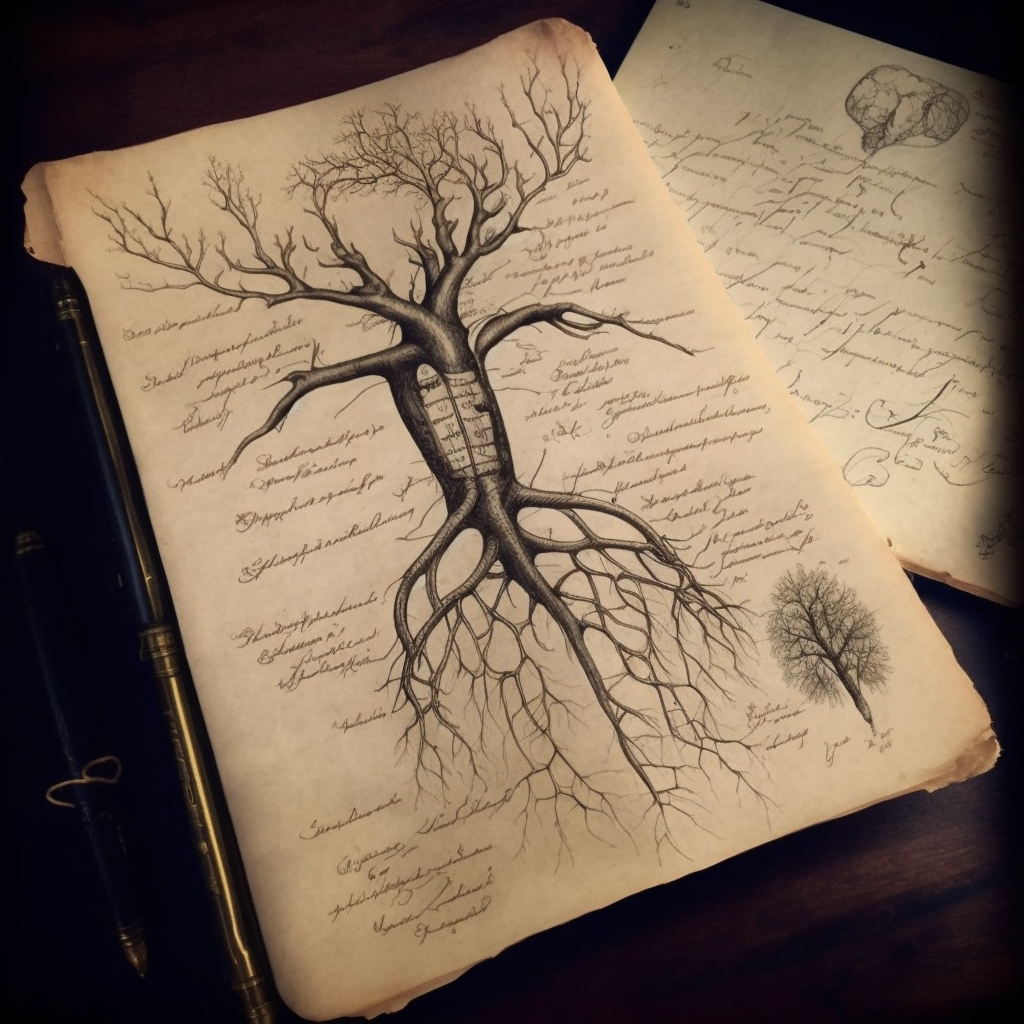Interveinal Chlorosis
This condition that can affect the Ougham is often called iron chlorosis can be caused by a deficiency of several micro-nutrients; Iron, Zinc, and Manganese, all of which the symptoms look similar. Yellowing of the limbs can be caused by a number of environmental issues, the largest of which is the absorption of tainted water that leads to a clogging of the vascular appendages of the creatures leading to a yellowish discoloration and the inability to absorb the nutrients needed to generate energy.
Diagnosis The initial signs of this will range from a slight puckering in the texture of the Ougham's skin around the head and neck. As it begins to spread, a visible, yellowish hue will begin to tint the creature's form, starting at the head and slowly working its way down over the course of a week. In its more advanced stages, the appendages will become spotted with dark brown blotches that become cupped and thickened. All of this will be coupled with a moderate to severe lack of energy that grows in effect until, if left untreated the Ougham will cease all movement and effectively go into a comatose-like state until it is either treated or expires from lack of nutrients.
Pathology Blight tainted water contains a high amount of high pH particulate matter associated with the damage done by negative and positive matter meeting. The result is a form of rotten "anti" matter that floats within the liquid in an inert state. If too much of this is absorbed by an Ougham, the particulate matter will effectively clog up enough of the vascular organelles within the Ougham's body as to render its ability to take nutrients from water null. It is a process that can take some time, and usually requires repeated exposure, but various weather conditions can also speed up the effect of this disorder, such as tainted rain and snow, which the creature may absorb by contact.
Epidemiology This disorder, being caused strictly by environmental interactions, cannot be spread from one creature to another fortunately. While the Ougham have, on occasion, been seen to share resources in desperate situations, attempting to save one of their own, the nature of their "hive" seems to not allow any risk to expand beyond a singular entity.
Etiology There is an inherent difficulty in the treatment of a disorder of this nature, it is not impossible. A mild caustic tincture must be absorbed by the infected creature that will debride the vascular tissue enough to allow the particulate matter to pass through. This is a painful process and will take 4-8 days of repeated applications, and cause the patient to function at a disadvantage during that time. The tincture will need to be made from sulfur, iron rich salts, concentrated citric acids, and purified water.
Thanatology Seeing as the disorder is not communicable, standard mortuary processes are acceptable.
Type
Fungal







Comments